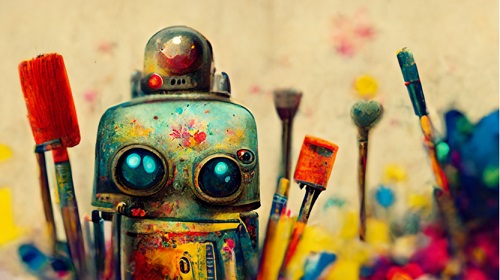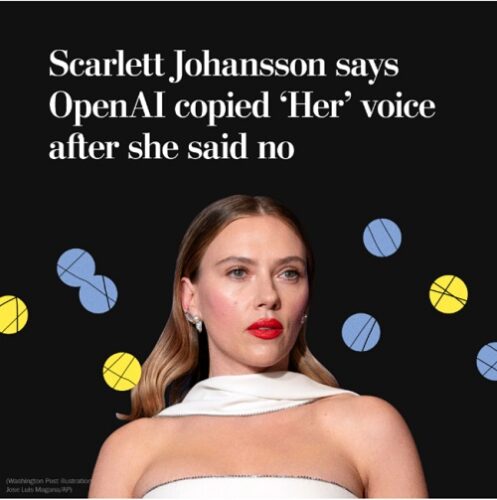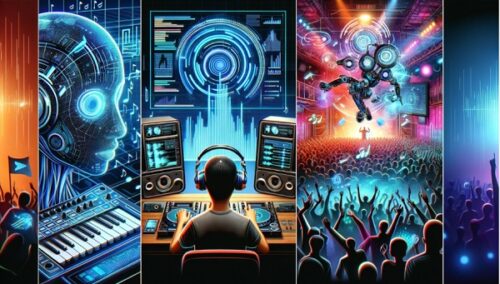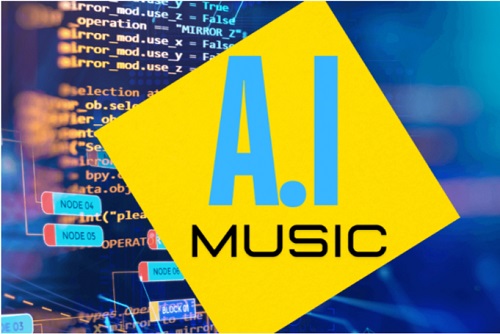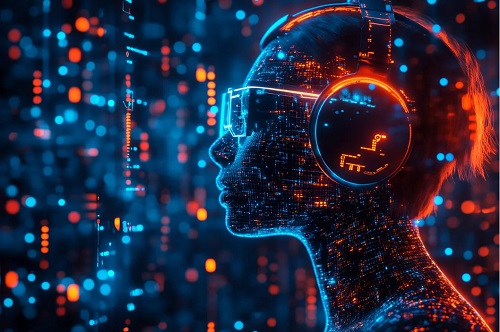Artificial intelligence uses computer programs to make large scale use of products of human creativity. Artists, graphic designers and authors […]
Tag: AI music
Scarlett Johansson threatened legal action against OpenAI
OpenAI is arguing with US actress Scarlett Johansson about an AI voice in the bot ChatGPT. Johansson thinks the bot […]
The field of AI music has seen rapid advancement in recent years
Artificial intelligence is making its way into various aspects of daily life, including music composition. Universal Music is now seeking […]
AI music generators blur the line between creators and consumers
AI’s influence is increasingly felt in the music industry, from creating new versions of existing music to streamlining the mastering […]
AI is revolutionizing music creation, production and distribution
Daily, we receive updates on the rapid progress of artificial intelligence, which offers great opportunities as well as significant risks. […]

